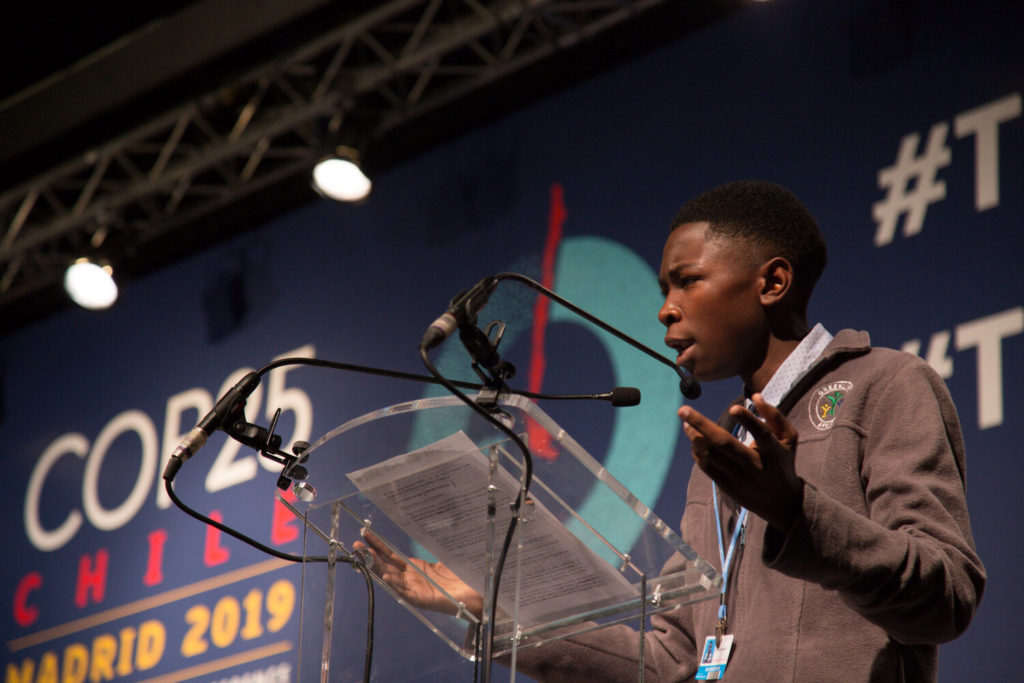
Children are among the groups most vulnerable to environmental harm.
The numbers are truly shocking. More than 1 in 4 children under the age of five – or 1.7 million children – lose their lives every year as a result of avoidable environmental impacts, while millions more suffer disease, disability, and an array of other forms of harm, many of which result in lifelong harm.
From toxic air pollution and chemicals, to the climate crisis and unprecedented global biodiversity loss, environmental issues pose grave and systemic threats to children’s rights enshrined in the UN Convention on the Rights of the Child, and jeopardize the lives of both current and future generations.
Children are not only physiologically and emotionally more vulnerable to these risks due to their unique stage of development – they are also among the least empowered to exercise their most fundamental rights to information, to be heard in decision-making on environmental issues, and to seek justice for violations of their rights. Despite the immense barriers they face, children have consistently demonstrated their capacity to provide meaningful and powerful responses to environmental risks.
The Children’s Environmental Rights Initiative seeks to ensure that children’s rights are placed at the centre of environmental decision-making and action. Its overarching goal is to secure international recognition of children’s fundamental right to a safe and healthy environment.



